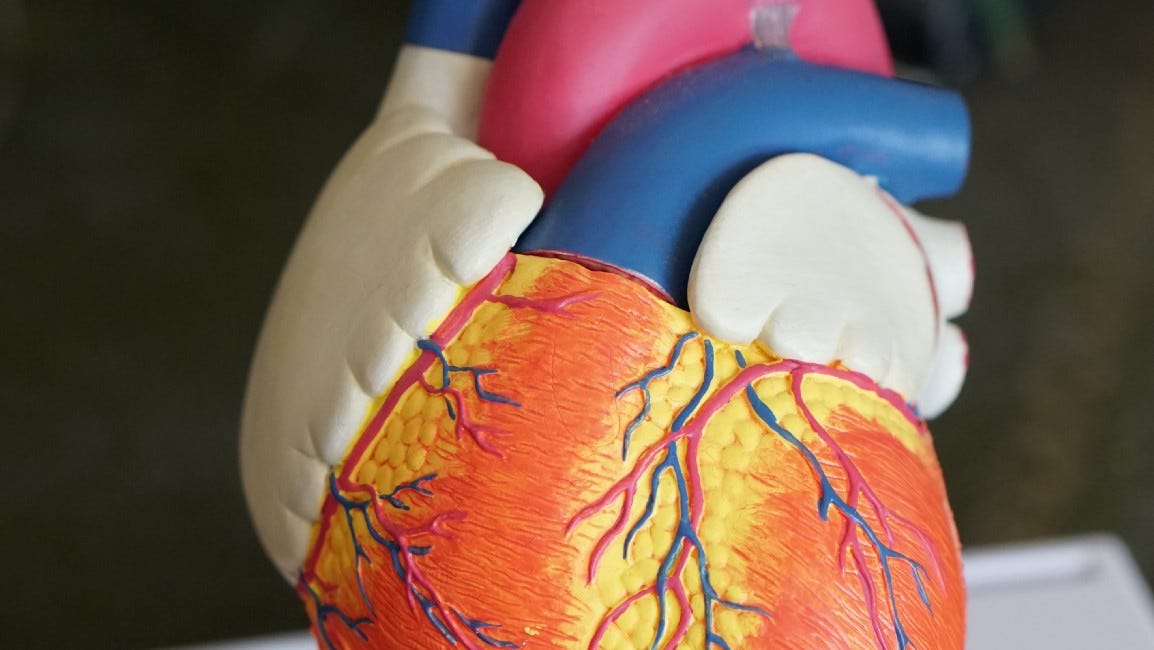The Concept Of Solubility And Its Relation To Stone Formation In Our Bodies
Is dissolution just about getting a solid to be one with its solvent?
The word “solubility” can be thought of as a blending of the words “soluble” (dissolve) and “ability”. The solubility of a substance (or solute), therefore, refers to its ability to dissolve in a certain liquid (or solvent). The solubility of a substance can be visually represented as in the Youtube video below:
How do we know, then, when a solvent is saturated with a certain solute?
We can see excess undissolved solute precipitating out as solids. That’s the mechanism as to how different stones will start forming in our bodies, whether they be kidney or gallstones.
The concept of the solubility product
It is said in this online textbook that:
The solubility product constant, Ksp, is the equilibrium constant for a solid substance dissolving in an aqueous solution. It represents the level at which a solute dissolves in solution. The more soluble a substance is, the higher the Ksp value it has.
The solubility product is further explained in this Youtube video:
We know that there are certain salts that dissolve well in water, while others don’t really dissolve well.
For example, the table salt that we consume, sodium chloride, has a saturation solubility of 360 grams per litre of water at 25 degrees Celsius, while calcium carbonate (or chalk) has a saturation solubility of only 15 milligrams per litre of water at 25 degrees Celsius.
It means that if we were to mix up 20 milligrams of calcium carbonate in 1 litre of water at 25 degrees Celsius, not all the calcium carbonate would dissolve in the water. Some of it would remain as solid material and give the water a cloudy appearance.
Whereas we could dump in larger quantities of sodium chloride into that same sample of water and see it dissolve with nary an issue.
What other factors affect the solubility of a salt?
Other factors that affect the solubility of a salt may include (but are not limited to):
The acidity/alkalinity (or the pH) of the solvent. For example, calcium carbonate is poorly soluble in water. Normal rainwater won’t dissolve much of it. However, in the case of acid rain, the pH of the rain is lowered because of the extra acidity found inside the acid, and they are able to promote the formation of calcium bicarbonate, which is more soluble that calcium carbonate is.
The temperature of the solvent. At 25 degrees Celsius, sodium chloride has a saturation solubility of 360 grams per litre of water. At 100 degrees Celsius, that saturation solubility increases to 385 grams per litre.
The ability of the solute to undergo chelation. The University of Michigan describes chelation therapy as “a chemical process in which a synthetic solution — EDTA (ethylenediaminetetraacetic acid) — is injected into the bloodstream to remove heavy metals and/or minerals from the body. Chelation means “to grab” or “to bind.” When EDTA is injected into the veins, it “grabs” heavy metals and minerals such as lead, mercury, copper, iron, arsenic, aluminum, and calcium and removes them from the body.” Certain minerals can be chelated and bound up by the chelating agent to remain solubilised within the solvent.
Healthwise, our bodies are regulated within a narrow pH range and a narrow temperature range. The solubility of a mineral would be most affected by the chelation tendencies — especially if we are to consider that the foods we eat contain chelating agents, such as citrates from citrus fruits.
When a certain substance reaches its saturation solubility (after accounting for the pH, temperature and any other chelating agents), any excess beyond that will cause its precipitation — it falls out of the solvent as a solid.
How is this concept of solubility related to our health, then?
We think of different health issues such as kidney stones and gallstones, which are essentially stones that contain calcium minerals, as it is said in Medical News Today:
Gallstones may form when the chemicals in the gallbladder are out of balance, such as cholesterol, calcium bilirubinate, and calcium carbonate.
Patients suffering from Crohn’s disease are also likely to form gallstones out of calcium oxalate, as mentioned by Medscape:
The incidence of gallstones and kidney stones is increased in Crohn disease because of malabsorption of fat and bile salts. Gallstones are formed because of increased cholesterol concentration in the bile, which is caused by a reduced bile salt pool.
Patients who have Crohn disease with ileal disease or ileal resection are also likely to form calcium oxalate kidney stones. With the fat malabsorption, unabsorbed long-chain fatty acids bind calcium in the lumen.
So while we may think of gallstones as a painful thing that we do want to avoid, there are feasible things that we can do to reduce the risk of developing them.
How do we reduce the risks of developing stones?
We need to look at our ability to process cholesterol and eliminate any excesses from our body, because it appears to be the case that this excess cholesterol is a major player for causing calcium precipitation.
Now, Seriously, What's So Tricky About Cholesterol?
This article is the final part of a 3 part miniseries. The first 2 parts can be found at: Medical science has been talking about cholesterol and its links to heart disease for years. People who are at risk of heart failure are invariably prescribed medicines such as
Also, because calcium is a major player involved in the development of gallstones, its solubility in our blood has to be considered as well, according to this figure supplied by the University of Chicago:
We can see that the solubility of calcium oxalate is low. Hence, we don’t really want to be overconsuming calcium in its oxalate form, for instance.
Neither do we want to be allowing our body to promote the dissolution of too much bone calcium back into the blood, because that can seriously affect the amount of soluble calcium drifting about in the body, which would then affect the amount of calcium that can precipitate out of the blood.
We also do see that calcium carbonate does experience a steep decrease in its solubility (approximately a 10000 fold difference between pH 5 and pH 9). Therefore, it also isn’t too wise to be consuming too much calcium carbonate.
Unfortunately, calcium carbonate is cheap and it does contain 40% by weight of calcium, in comparison to more expensive stuff such as calcium citrate, which only contains 24% by weight in calcium.
Hence, while we may think we aren’t really consuming calcium carbonate (because we don’t eat chalk), they do form a large component of calcium supplements today, which doctors also do advise post-menopausal women to consume to “prevent osteoporosis”.
In addition, foods that are high in oxalates may also promote the development of stones, as mentioned in this Healthline article.
With all these different factors affecting the solubility of calcium that is dissolved in our blood… It’s not easy to know where to start from. But we are able to work towards getting there when we know how it develops!
Do feel free to share this article and hit the “subscribe” button to get more updates about the science concepts in nutrition and health, all deconstructed nicely for your convenient perusal!
How Osteoporosis Isn’t Just About A Calcium Deficiency
The adult human body’s skeleton comprises 206 bones. They support our frame and our structure. We need them to stand up and walk. We need them to move about. Sometimes, after a long, tiring day, we may collapse like a sack of potatoes on our couch and feel like we don’t have any bones left…







